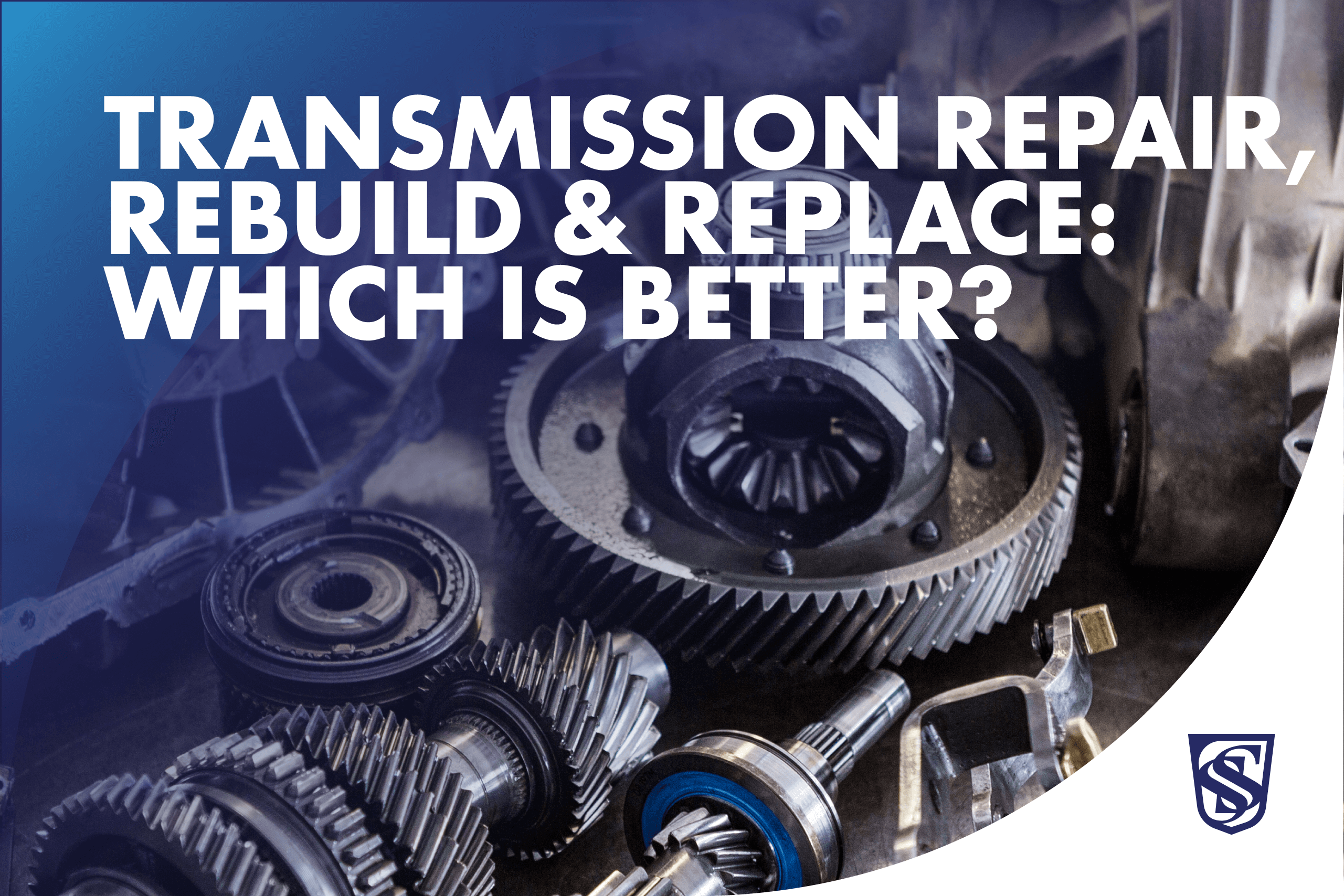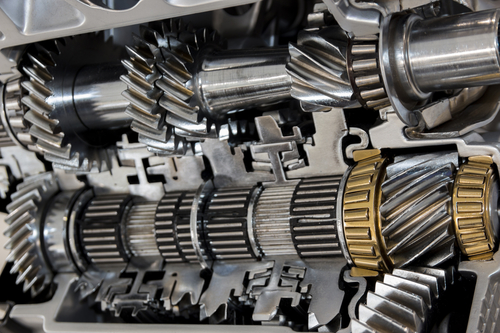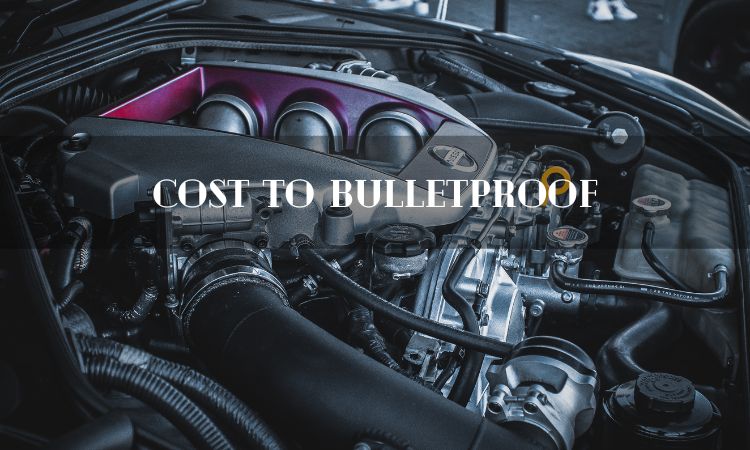How to Repair a Transmission
To repair a transmission, start by diagnosing the issue and then either rebuild or replace the faulty components. Proper maintenance and timely repairs can extend the lifespan of your transmission, ensuring smooth operation and preventing costly breakdowns.
By following the right steps and addressing issues promptly, you can keep your vehicle running smoothly for years to come. Investing in professional assistance or acquiring the necessary skills for DIY repairs can save you time and money in the long run.
Let’s explore how you can effectively repair a transmission to maintain the overall health and performance of your vehicle.
Identifying Transmission Problems
Identifying Transmission Problems is crucial in ensuring the smooth operation of your vehicle. Recognizing the signs of potential issues with your transmission can save you from costly repairs and breakdowns on the road.
Common Signs Of Transmission Issues
Spotting the common signs that indicate a transmission problem can help you address the issue early and prevent further damage. Some of these warning signals include:
- Strange noises during gear shifts or while the vehicle is in neutral
- Delayed engagement when shifting into drive or reverse
- Leaking transmission fluid which appears red and has a sweet smell
- Burning odors indicating overheating transmission fluid
- Slipping gears where the engine revs without the vehicle accelerating
Diagnostic Tools And Techniques
Professional technicians use various diagnostic tools and techniques to accurately identify transmission problems. Some of these methods include:
- Scanner tools to retrieve trouble codes from the vehicle’s computer system
- Pressure testing to assess the hydraulic pressure within the transmission
- Visual inspection for any signs of physical damage or leaks
- Test driving the vehicle to observe its behavior and performance firsthand

Credit: www.youtube.com
Preparing For The Repair
Gathering Necessary Tools And Parts
Before starting the transmission repair, make sure to have all the required tools and parts in hand.
- Diagnostic scanner.
- Jack stands for lifting the vehicle.
- Wrench set for removing bolts.
- New transmission fluid and filter.
Ensuring Safety Measures
When working on transmission repair, it is crucial to prioritize safety to prevent injuries.
- Wear safety goggles and gloves.
- Ensure the vehicle is on a flat, stable surface.
- Disconnect the battery to avoid electrical accidents.
Step-by-step Repair Process
A step-by-step repair process is crucial when dealing with transmission issues. Let’s walk through the key stages:
Draining The Transmission Fluid
Begin by draining the transmission fluid to prepare for the repair process.
Removing The Transmission
Next, carefully remove the transmission to access the internal components.
Inspecting And Replacing Damaged Parts
Thoroughly inspect all parts for damage and replace any worn-out components.
Reinstalling The Transmission
Reinstall the transmission back into place ensuring a secure fit.
Refilling The Transmission Fluid
Finally, refill the transmission with fresh fluid to complete the repair process.

Credit: www.trustsstransmission.com
Testing And Verifying The Repair
After repairing a transmission, it’s crucial to perform a series of tests to verify that the repair work has been carried out effectively. These tests help in ensuring the transmission is functioning correctly and efficiently.
Performing Transmission Tests
Performing transmission tests is essential to ensure the smooth operation of the repaired transmission. One common test is the road test, which involves driving the vehicle to verify the performance of the repaired transmission. Additionally, a stall test can be conducted to check the torque converter and the stator one-way clutch.
Checking For Leaks
Checking for leaks is a critical part of verifying the repair. Inspect the transmission for any signs of leaks, including fluid puddles or drips underneath the vehicle. Addressing any leaks promptly can prevent further damage to the transmission and ensure its longevity.
Test Driving The Vehicle
Test driving the vehicle after repairing the transmission is essential to ensure that it operates smoothly and without any issues. During the test drive, pay attention to gear shifting, engine responsiveness, and any unusual noises or vibrations. This step helps in confirming the effectiveness of the repair.
Preventive Maintenance Tips
For those looking to perform preventive maintenance on their vehicles, here are some essential tips for repairing a transmission. It is crucial to regularly check and change the transmission fluid, inspect for leaks, and keep an eye on unusual sounds or vibrations.
Furthermore, following the manufacturer’s recommended service intervals is essential to prolonging the life of the transmission.
Regularly taking care of your transmission can go a long way in preventing costly repairs in the future. By following these preventive maintenance tips, you can help extend the lifespan of your transmission and keep it running smoothly.
Regular Fluid Check And Replacement
One of the most important aspects of transmission maintenance is keeping an eye on the fluid levels and ensuring it is in good condition. The transmission fluid helps keep the components lubricated and prevents overheating. Over time, the fluid can become contaminated or low, which can lead to damage.
To maintain a healthy transmission, make it a habit to perform regular fluid checks. Look for any signs of fluid leakage or discoloration, both of which may indicate an underlying issue. If the fluid level is low or shows signs of contamination, it’s vital to have it replaced as soon as possible. Consult your vehicle’s manual or a professional auto mechanic for the recommended fluid type and schedule.
Transmission Cooling
Transmission overheating is a common cause of transmission failure. To prevent this, it’s essential to maintain proper transmission cooling. The transmission cooler helps regulate the temperature of the fluid. If the cooler isn’t functioning correctly, it can cause the fluid to overheat and potentially damage the transmission.
Regularly check the transmission cooler for any signs of leaks, clogs, or damage. Ensure that it is clean and free from debris, as this can hinder its cooling capabilities. If you notice any issues, have the cooler inspected and repaired by a professional.
Driving Habits For Transmission Health
Believe it or not, your driving habits can significantly impact the health of your transmission. Certain driving behaviors can put unnecessary stress on the transmission and increase the risk of damage. By adopting good driving habits, you can help prevent costly transmission repairs.
- Avoid abrupt starts and stops, as this can strain the transmission’s internal components.
- Don’t overload your vehicle beyond its recommended capacity, as this can put excessive stress on the transmission.
- When parking on an incline, engage the parking brake before shifting into park mode. This helps relieve stress on the transmission’s parking pawl.
- Allow the vehicle to come to a complete stop before changing gears, as shifting while the vehicle is still in motion can cause damage.
By following these driving habits, you can promote a healthy transmission and reduce the chances of encountering transmission problems. Remember, preventive measures are key to avoiding expensive repairs down the road.

Credit: www.hi-techcarcare.com
Frequently Asked Questions On How To Repair A Transmission
Can A Damaged Transmission Be Repaired?
Yes, a damaged transmission can be repaired by a professional mechanic through diagnostic assessment and necessary repairs.
Can I Fix My Transmission Myself?
Yes, you can fix your transmission yourself if you have the necessary skills and tools.
Can You Fix A Transmission Without Replacing It?
Yes, transmission issues can sometimes be fixed without replacing the entire unit. Repairs may include fixing specific components or addressing fluid leaks. Regular maintenance and timely repairs can extend the lifespan of your transmission.
Can You Fix A Transmission At Home?
Fixing a transmission at home is not recommended as it requires specialized tools, knowledge, and expertise. It is best to leave transmission repairs to professionals to ensure proper and safe repairs.
How Much Does It Cost To Repair A Transmission?
The cost of transmission repair can vary depending on the extent of the damage and the type of vehicle, but it typically ranges from $1,800 to $3,500.
What Are The Signs Of A Failing Transmission?
Look out for signs such as slipping gears, delayed shifting, unusual noises, leaking fluid, and a burning smell, as these can indicate a failing transmission.
Can You Drive A Car With A Bad Transmission?
Driving a car with a bad transmission is not recommended as it can lead to further damage and potentially leave you stranded on the road.
Conclusion
Understanding the signs of transmission problems and taking proactive steps to address them can save you time, money, and headaches in the long run. By following the steps outlined in this guide, you can tackle transmission repairs with confidence and ensure the smooth operation of your vehicle for years to come.

